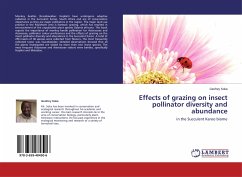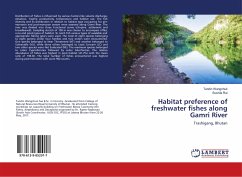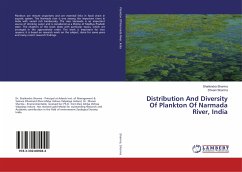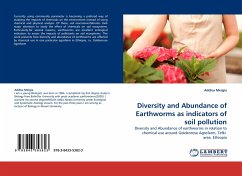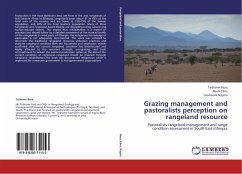Monkey beetles (Scarabaeidae: Hopliini) have undergone adaptive radiation in the Succulent Karoo, South Africa and are of conservation importance as they are major pollinators in the region. The major land use practice in the Paulshoek area is livestock grazing, which has resulted in encroachment of the unpalatable plant species Galenia africana. This book reports the importance of monkey beetle pollination for Asteraceae and Aizoaceae, pollinator colour preferences and the effects of grazing on the insect pollinator diversity and abundance in the Succulent Karoo. A total of 256 insects of 40 species were collected from flowers. The most frequently collected taxon was Scarabaeidae. Detailed observations showed that all the plants investigated are visited by more than one insect species. The most frequent Aizoaceae and Asteraceae visitors were beetles, specifically Hopliini and Meloidae.

